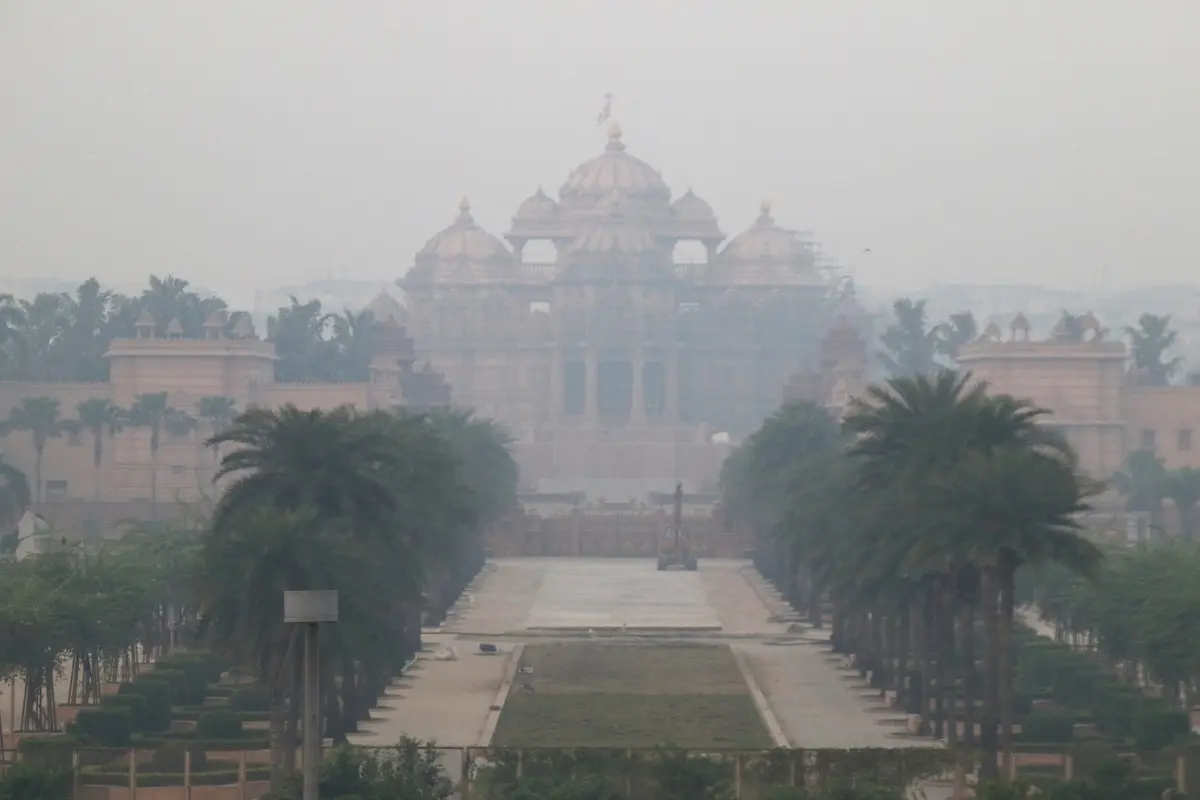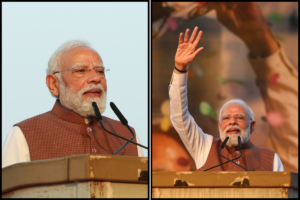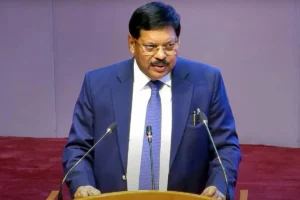
The Delhi-NCR region woke up to a thick blanket of smog on Saturday morning, as the Air Quality Index (AQI) reported alarming levels of pollution just days after the Diwali festivities.
Despite a ban on firecrackers intended to curb pollution, the average AQI in the national capital reached a concerning 294, categorizing it as ‘poor’.
Delhi Sees 18 Areas With ‘Very Poor’ Air Quality Index Above 300
Data from the Central Pollution Control Board (CPCB) indicated that numerous areas across Delhi experienced even more severe pollution levels, with 18 locations recording AQI scores exceeding 300, placing them in the ‘very poor’ category.
Among the worst-affected areas were:
- Anand Vihar at a staggering 380,
- IGI Airport at 341,
- RK Puram at 340, and
- Punjabi Bagh at 335
Further compounding the issue, 19 other regions reported AQI readings between 200 and 300, which is classified as ‘poor.’ These included Alipur (295), Jawaharlal Nehru Stadium (284), and Mundka (288).
Neighboring cities also faced similar air quality challenges, with Faridabad in Haryana registering a ‘moderate’ AQI of 165.
In contrast, Gurugram recorded a ‘poor’ AQI of 219. Uttar Pradesh’s Ghaziabad had an AQI of 308, categorizing it as ‘very poor,’ while Greater Noida measured ‘poor’ at 202, and Noida reached 250, reflecting widespread pollution across the region.
The air quality concerns persisted on Friday, as pollution levels remained high following Diwali. Many residents reportedly ignored the firecracker ban and continued to celebrate with fireworks well into the night, exacerbating the pollution problem.
The Delhi government had implemented a strict firecracker ban from 14 October through 1 January 2025, and mobilized 377 enforcement teams to ensure compliance.
However, reports indicate that many people chose to defy these regulations during the Diwali celebrations, contributing to the alarming air quality levels.
The capital has been grappling with deteriorating air quality in recent weeks, attributed not only to post-festivity pollution but also to agricultural stubble burning in nearby states and stagnant weather conditions.
AQI Classifications In India
The AQI classification system in India categorizes levels as follows:
- 0-50 is considered good,
- 51-100 is satisfactory,
- 101-200 is moderate,
- 201-300 is poor,
- 301-400 is very poor, and
- 401-500 is severe
With pollution levels soaring, authorities are urging residents to take precautions and minimize outdoor activities to protect their health in the face of worsening air quality.
Also Read: BJP Faces Blow As Veteran MLA Brahm Singh Tanwar Joins AAP Ahead Of Delhi Elections
To read more such news, download Bharat Express news apps




















